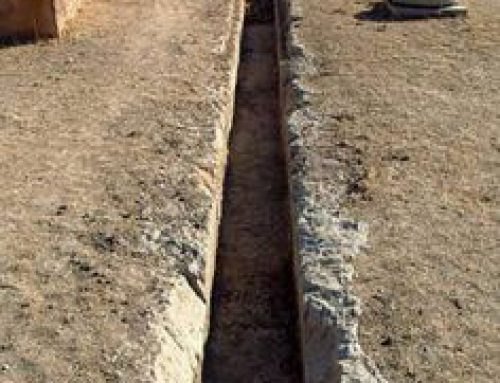
Head of Akkadian king (maybe Sargon)
When the Akkadians, from northern Iraq, conquered southern Iraq about 2400 BC, they unified all of Iraq – Mesopotamia, the land between the Tigris and Euphrates rivers – into one empire for the first time. In some ways, Akkadian art was the same as the Sumerian art that went before it. Carvings still usually had rounded shapes, recalling early clay sculptures.

Stele of Naram-Sin (Louvre, Paris). Naram-Sin is walking up the mountain, trampling his enemies.
But in other ways Akkadian art was very different from Sumerian art. Akkadian rulers used artists to help them stay in power. The artists carved images of the Akkadian kings. Sometimes they showed the kings on their own, just to remind people who was in charge. Sometimes they showed the kings conquering their enemies, or they showed how much the gods loved the king. The Akkadian kings wanted art to remind the conquered people how impressive and important the kings were, so they wouldn’t try to revolt.
Because Akkadian art was all about showing how impressive the rulers were, their enemies destroyed or carried away a lot of Akkadian art after the rulers lost battles. The head of Sargon shown here had its eyes gouged out and its ears cut off. The people of Iran carried away the stele of Naram-Sin to their city at Susa, to show how they had conquered the Iraqi (Mesopotamian) people in battle.
Learn by doing: try to sculpt a portrait head of someone you know. Pro tip: don’t make it solid. Use a balloon and coat that with clay.
More about Phoenician Art
Bibliography and further reading about Akkadian art:
Hands-On Ancient People, Volume 1: Art Activities about Mesopotamia, Egypt, and Islam,by Yvonne Merrill and Mary Simpson. Art projects for kids, though the directions are really aimed at teachers or parents.
Mesopotamia, by Julian Reade (1991). Good pictures of objects in the British Museum.
The Art and Architecture of the Ancient Orient, by Henri Frankfort (5th edition 1997). The standard for college art history classes.





[…] بعض النواحي، كان الفن الأكادي هو نفسه الفن السومري الذي سبقه، مع بعض […]